Many people find themselves coming up with various excuses to skip the gym, whether due to a busy schedule, the distance to the nearest fitness center, or simply feeling intimidated by the sometimes intense environment of gyms and fitness studios. Maintaining a regular workout routine is essential for overall health and well-being, particularly when it comes to strengthening and toning key muscle groups of the upper and lower body. This article highlights the importance of targeting upper body muscles, specifically the shoulders, and provides a list of the best shoulder exercises you can perform right at home, eliminating the need for a gym membership or fancy equipment.
Whether using your body weight or a simple set of dumbbells, these exercises will burn all parts of the shoulder muscles, ensuring balanced development and strength. Say goodbye to excuses and hello to a stronger, more defined upper body with these easy-to-follow shoulder exercises you can do at home.
{{mid-cta}}
14 Best Shoulder Exercises You Can Do at Home
The shoulder is composed of several muscles that work together to provide strength, stability, and postural support. The primary shoulder muscles include the deltoids, which are divided into three parts: anterior (front), lateral (side), and posterior (back). These muscles are crucial for lifting, pushing, and pulling movements and keeping the shoulder joint stable. The rotator cuff muscles (supraspinatus, infraspinatus, teres minor, and subscapularis) play a vital role in stabilizing the shoulder joint and allowing for rotational movements. The trapezius, lats, and rhomboids in the middle and upper back contribute to proper shoulder alignment and posture. It is crucial to target all of these muscle groups with various shoulder exercises to reap all of the benefits of having strong shoulders.
Strengthening your shoulder muscles is crucial not only for the sought-after aesthetic benefits of a ripped upper body but also for enhancing overall functional fitness and postural alignment. Strong shoulders improve the health and stability of your neck and shoulder joints and support a wide range of everyday movements, from lifting and carrying objects to pushing and pulling heavy equipment. Additionally, well-developed shoulders can help prevent injuries and reduce the strain on surrounding muscles and joints.
To help you build stronger, more resilient shoulders without leaving your home, we've compiled a list of the best muscle-toning exercises for a well-rounded shoulder workout. These exercises target all parts of the shoulder complex, ensuring improved strength, stability, and performance. Remember to start low and easy if you have never done strength exercises, are a beginner, or have taken a long break away from training.
Choose four or five from the list below and start with one to two sets of 8-10 repetitions. Over time, see if you can work up to three to four sets of 8-10 reps using heavier weights. It only takes two to three weekly sessions to see results in four weeks! All of these exercises can be done with dumbbells, body weight, or a resistance band and can easily be modified for either a gym workout or a home shoulder workout.
- Military Press: This is similar to a dumbbell shoulder press as it strengthens the deltoids, triceps, and upper chest muscles; however, it is performed in a standing position. Stand with feet shoulder-width apart, holding dumbbells at shoulder height with palms facing forward. Press the dumbbells overhead until your left and right arms are fully extended. Lower back to the starting position.
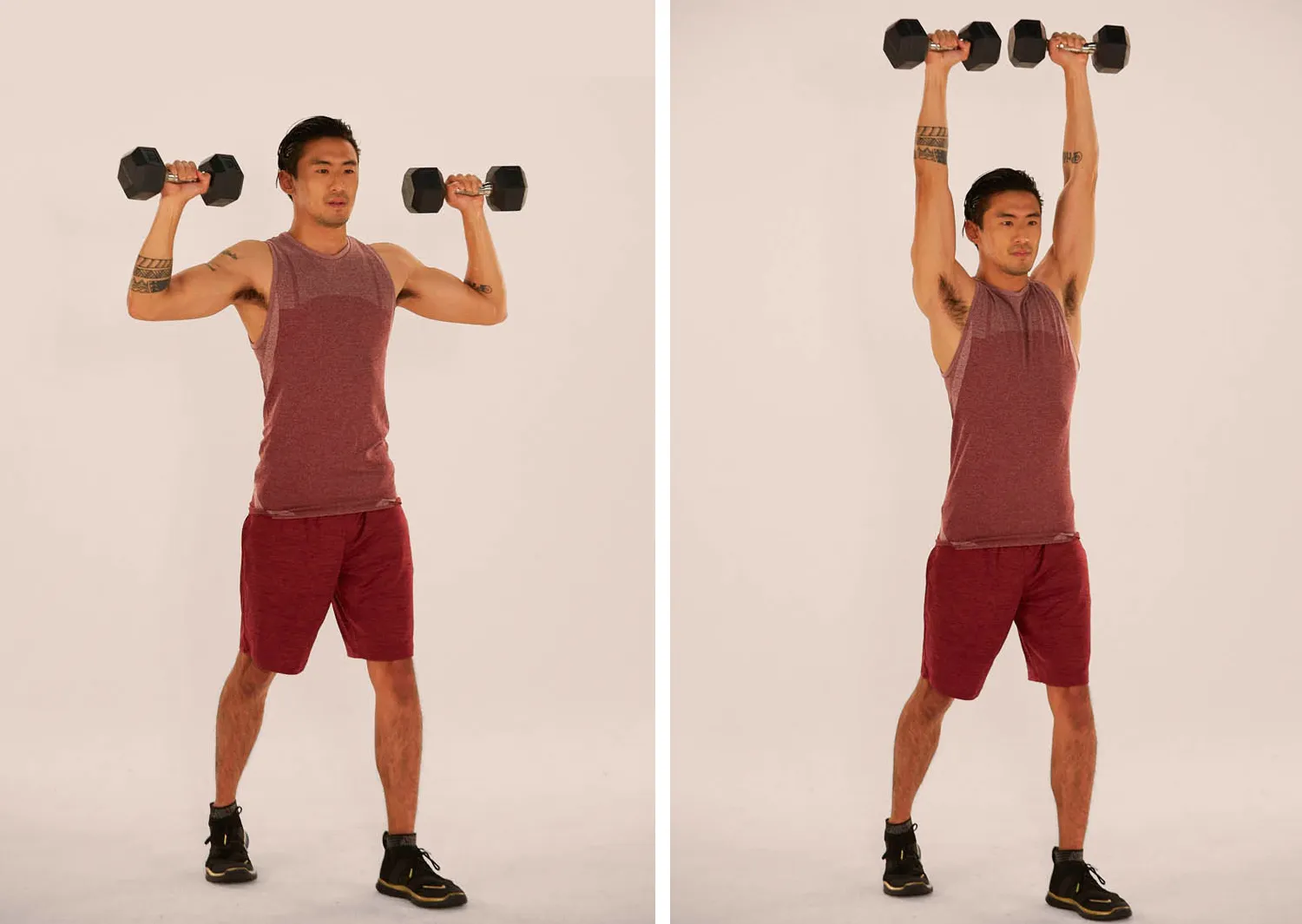
- Arnold Press: For a different variation of the military press, try an Arnold Press. This exercise focuses on all areas of the deltoid muscles. Sit or stand with dumbbells held in front of your shoulders, palms facing your body. As you press the weights into an overhead press, rotate your palms to face forward at the top of the movement. Lower and rotate back to the starting position.
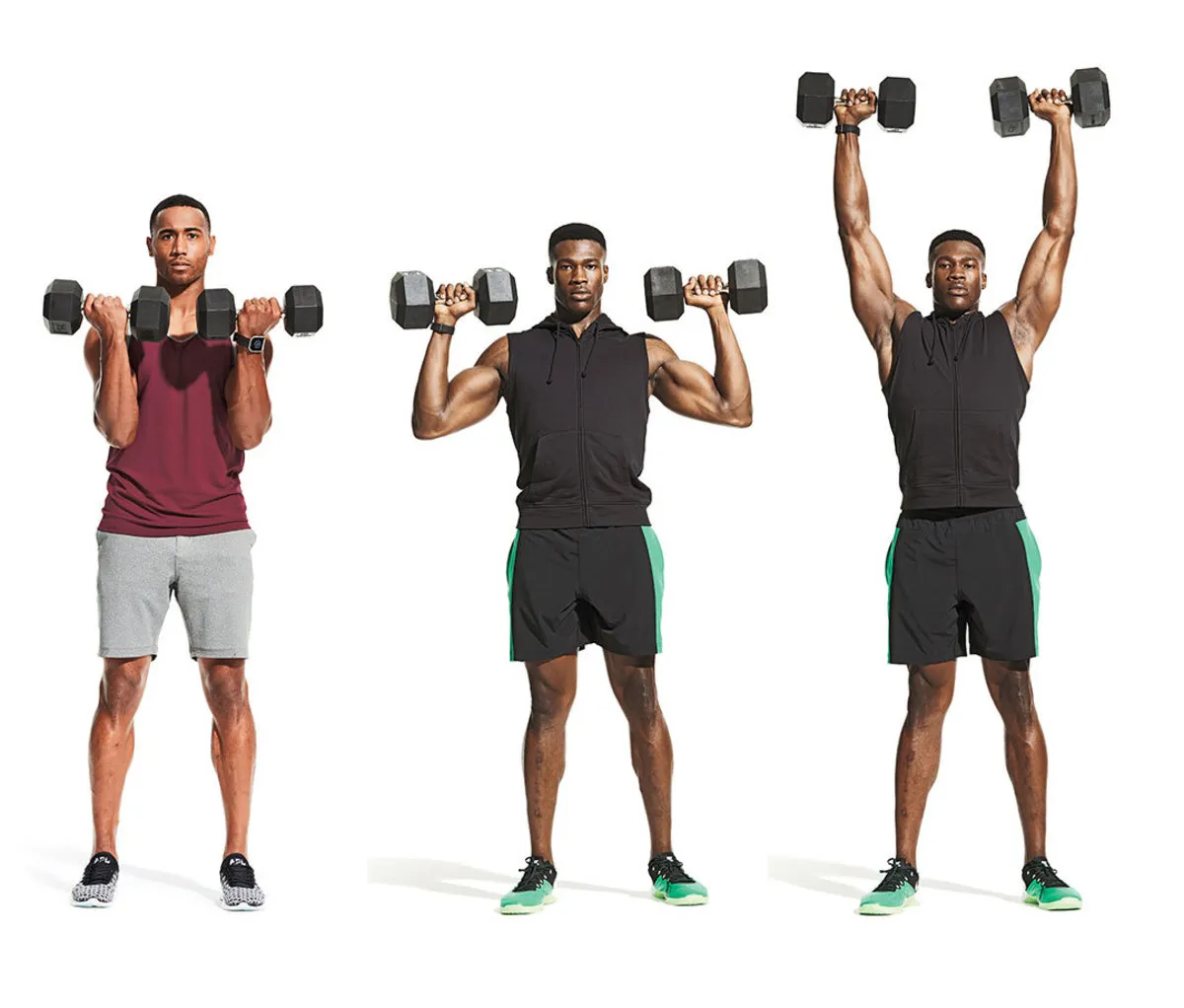
- Dumbbell Lateral Raise: Lateral raises isolate a very specific portion of your lateral deltoids and upper traps, which helps with shoulder stability and width. Stand with feet hip-width apart, holding dumbbells at your sides with your palms facing downward. Raise the dumbbells to the sides until they reach shoulder height, making sure not to let your shoulders hike up too far toward your ears. Lower back down slowly to finish one repetition. Follow this link for a video instruction.
- Front Deltoid Raise: Similar to a lateral raise, the front raise focuses on the anterior deltoids and pec muscles as you move your arms to shoulder-level height. Start in a similar standing position as a lateral raise with dumbbells at your thighs and palms facing downward. Raise the weights in front of you to shoulder height, then lower them back down slowly and controlled.

- Dumbbell Bent-Over Row: This exercise engages the posterior deltoids (rear delts), rhomboids, and upper back muscles, which are highly important for good postural alignment. Hinge forward at the hips with knees slightly bent, holding dumbbells at your thighs with palms facing each other. Pull the weights towards your torso, squeezing your shoulder blades together, then lower back down. Keep your core muscles active to help support your spine while in a hinged position. Follow this link for a video demonstration.
- Reverse Fly: This is similar to a bent-over row but involves keeping your arms straight as you lift them toward the ceiling. It strengthens the rear deltoids and upper back muscles as well. Again, hinge forward at the hips with a slight bend in your knees, holding dumbbells with palms facing each other down at your thighs. Keep your elbows straight as you raise the weights to the sides, squeezing your shoulder blades together, then lower them back down. If this feels too difficult, keeping a slight bend in your elbows can help reduce strain in your neck and lower back.
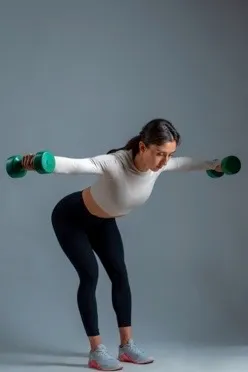
- Plank Shoulder Taps: Planks are a great bodyweight shoulder exercise that improves shoulder strength and stability. For this variation, start in a plank position with your hands directly underneath your shoulders and your back in a straight line. Raise your right hand to tap your left shoulder while keeping the rest of your body still, then return it down and repeat with the left hand. After a full round of sets and repetitions, you’ll feel tired in your shoulders and core.

- Deep Swimmer’s Press: This exercise is similar to the Arnold Press but requires a full range of motion of your shoulder joint for full deltoid engagement. Start with dumbbells at shoulder height, palms facing you. Press the weights up while rotating your palms to face forward. Keep your palms forward as you lower them down in a swimming motion, leading with your elbows. End by rotating the dumbbells back to palms facing toward you and start the next repetition.
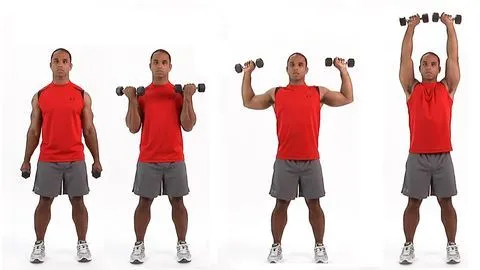
- Sit-Through: Get ready for another full-body compound, MMA-inspired exercise that strengthens the shoulder stabilizers and your core. Begin in a quadruped position with knees under hips and hands under shoulders. Lift your knee caps 2 inches off the floor as you raise your right hand and left foot off the ground. Slowly swing your left leg under your body as you pivot on your right foot and twist your hips 90 degrees, left foot staying elevated off the floor. Return to the starting position and repeat on the other side. Follow this link for a video demonstration by Jen Sinkler on YouTube.
- Callahan Press: This unique rotational movement is a fun variation on the shoulder press that will have your deltoids, biceps, and triceps burning. Hold dumbbells at shoulder height with elbows bent and palms facing each other. Press the weights up and rotate your arms outward until your palms face forward. Return to start, then move in the opposite direction by bringing your elbows away from each other in a goal post position. Continue alternating the direction of motion with each repetition to fully challenge every muscle group.
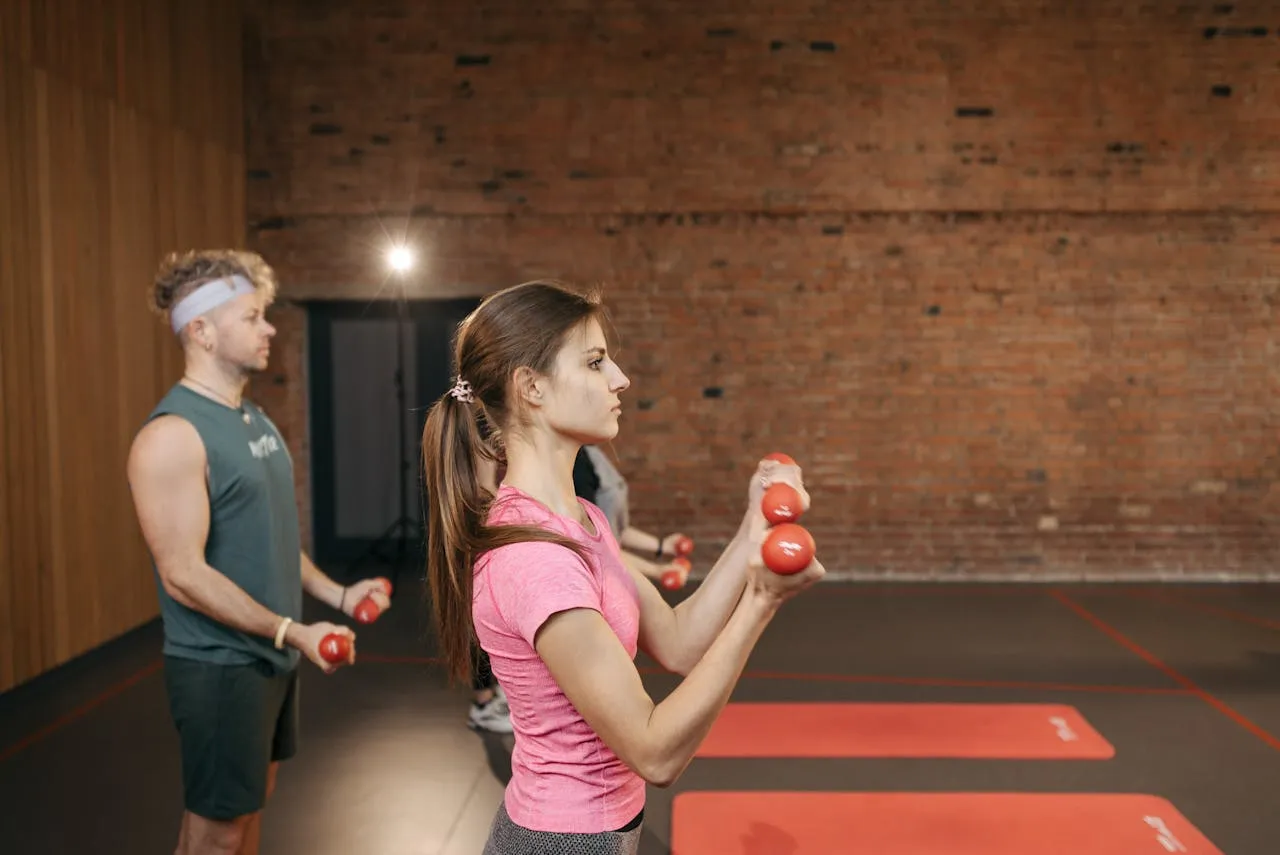
- Diving Dolphin: This yoga-inspired plank exercise targets shoulder stability and rotator cuff strength. Start in a forearm plank with elbows directly under your shoulders. Push your hips into a pike position, then lower back into the plank. Through each repetition, continue pushing and lowering your entire body using just your shoulders and core muscles.
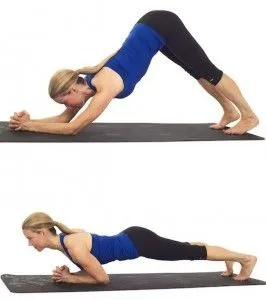
- Clean Squat Press: If you are ready for a more advanced, power lift-type exercise, try the clean squat press. This exercise combines lower body movement and shoulder work, which helps enhance muscular power and overall functional strength. It will target your upper body and engage your glutes and lower body muscles.
With dumbbells at your sides, perform a clean by lifting them to shoulder height, squatting down, and pressing them overhead as you stand. Remember to keep the weights close to your body as you move them overhead and maintain solid core engagement to stabilize your spine when the weights are over your head. Slowly lower the dumbbells back down to your waist and repeat the motion 5-8 times for a single set. For a more advanced version of this exercise, you can also use a barbell.
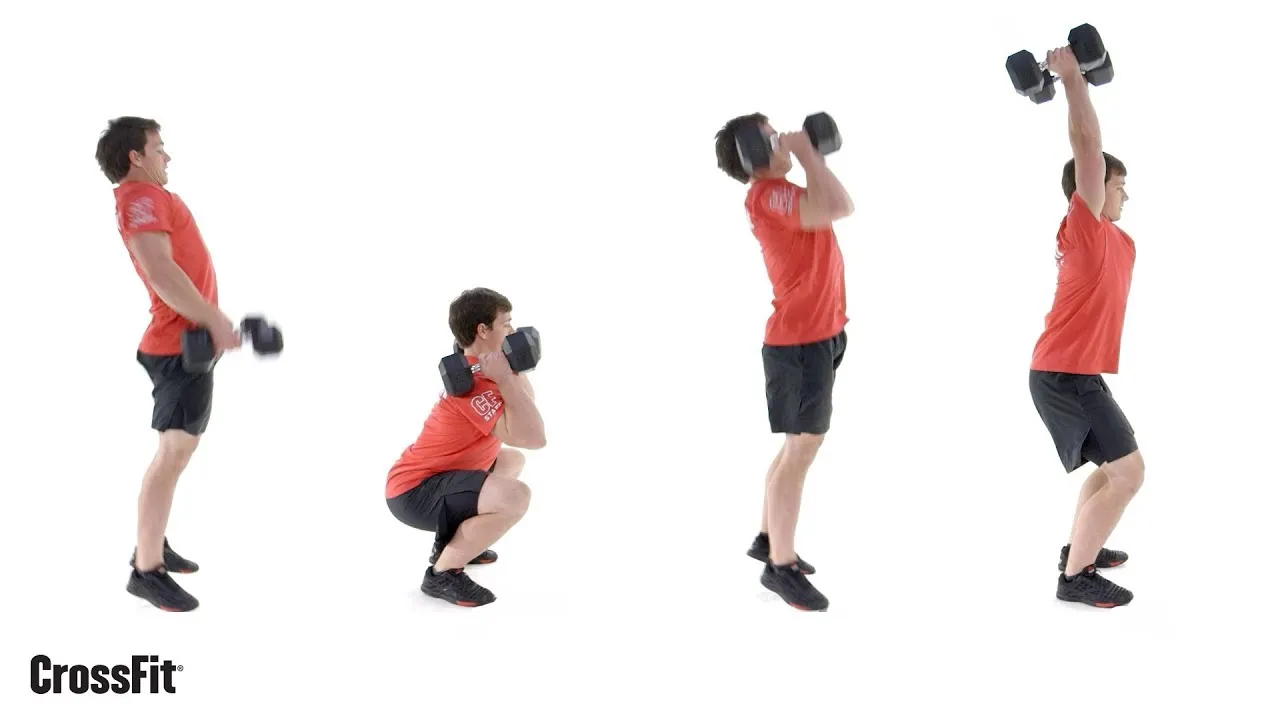
- Dumbbell Scarecrow: This purely rotational exercise will surely leave your deltoids and rotator cuff on fire, so be careful performing this movement with a heavy weight. Hold dumbbells with elbows bent at 90 degrees, upper arms parallel to the ground, and palms facing outward. Rotate your arms by lowering the weights downward, keeping your elbows elevated at shoulder height. Then, lift the weights back up to the starting position. This up-and-downward external rotation from the elbow and shoulder means the work never stops! You’ll feel the burn right away, but remember to take rest breaks as you need.

- Alternating Lunge With Lateral and Front Raise: This final exercise is a fun compound motion that involves a full-body burn in every repetition. Hold dumbbells at your sides and start in a standing position. Lunge forward with one leg while simultaneously performing a lateral raise with both arms. Return to the start and repeat with the other leg, performing a front raise with both arms. Continue to alternate between a front raise and a lateral raise as you alternate which leg lunges forward. Start with a lighter set of weights to make sure you feel confident with the coordination of the movement and try heavier weights as it starts to feel easier.

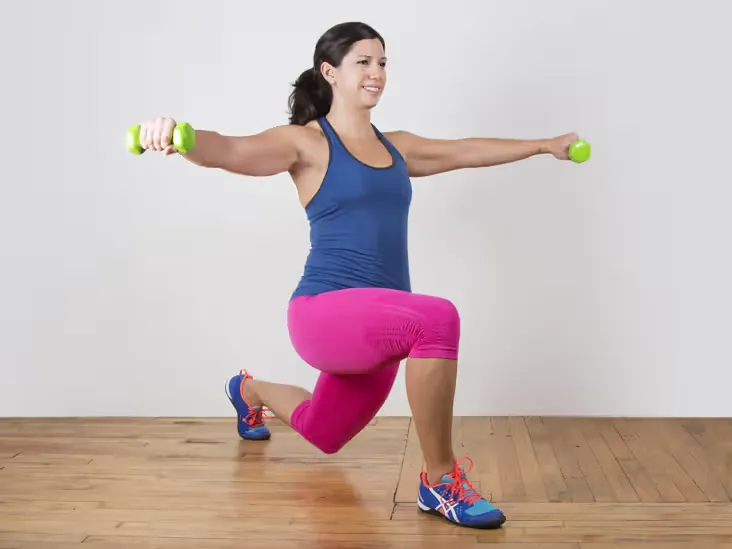
If you are unsure if you are performing these exercises correctly, you can enlist the help of a personal trainer. A certified personal trainer will be able to help you with possible modifications for these dumbbell shoulder exercises and allow you to avoid injury. Most gyms or fitness centers offer a free introductory personal training session where you can ask about these specific exercises.
<p class="pro-tip"><strong>Also Read: </strong><a href=leg-exercises-at-home>22 Best Leg Exercises You Can Do at Home</a>.</p>
Using a CGM with Signos: Real-Time Data, Backed by AI
Signos pairs a real-time glucose biosensor with AI trained on tens of millions of data points to deliver personalized, science-backed guidance for weight management and health. See exactly how your body responds, and take action.
Learn how it works. Ready to get started? Join now.
<p class="pro-tip"><strong>Learn More: </strong><a href=anaerobic-exercise>14 Health Benefits of Anaerobic Exercise</a>.</p>


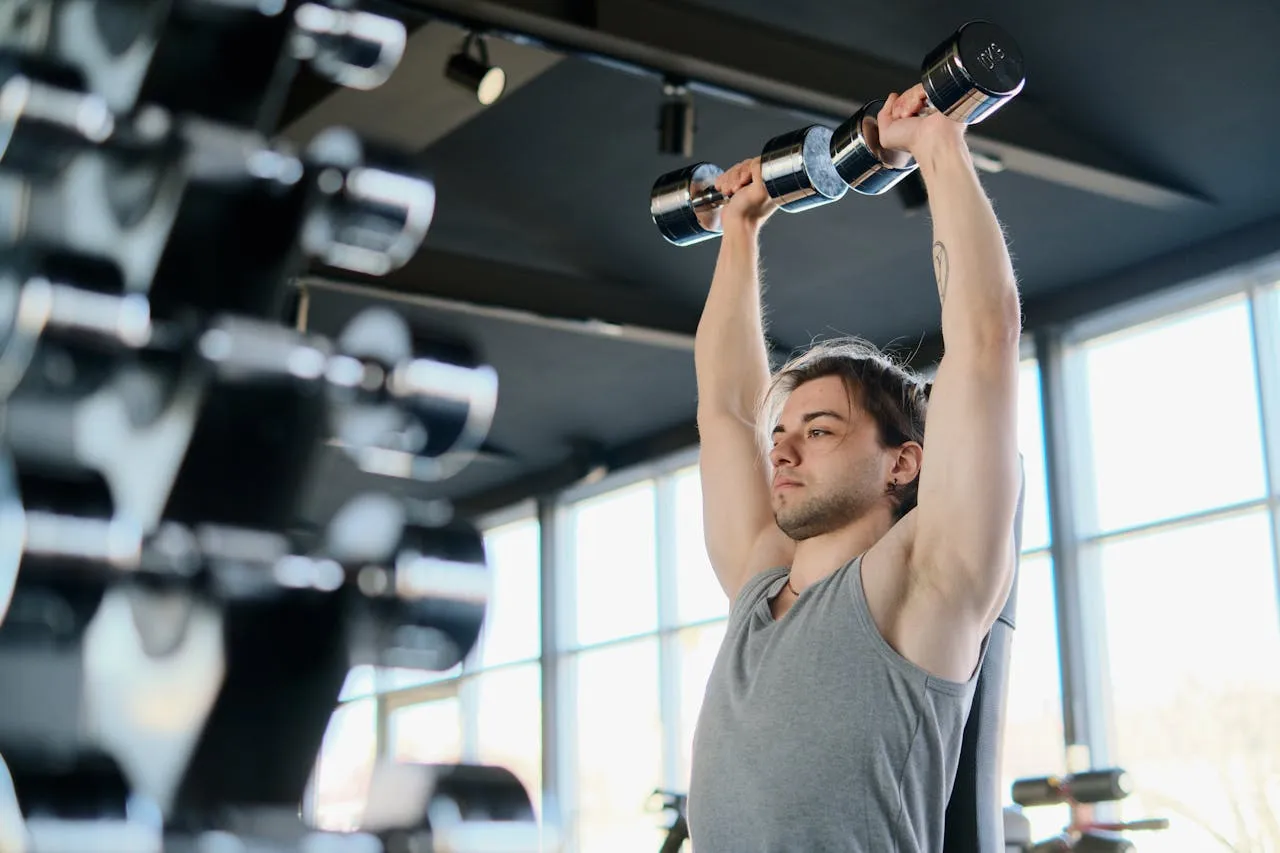

.svg)



.webp)


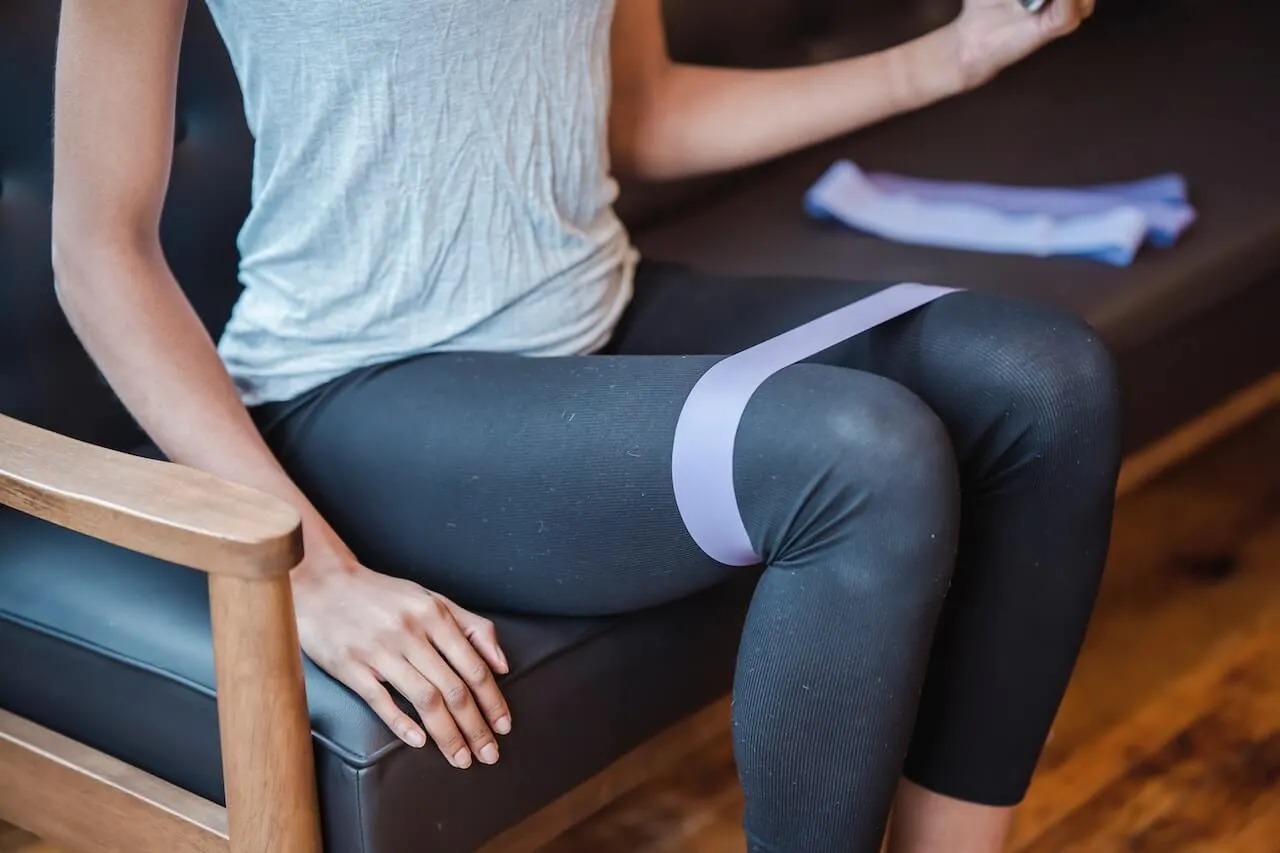

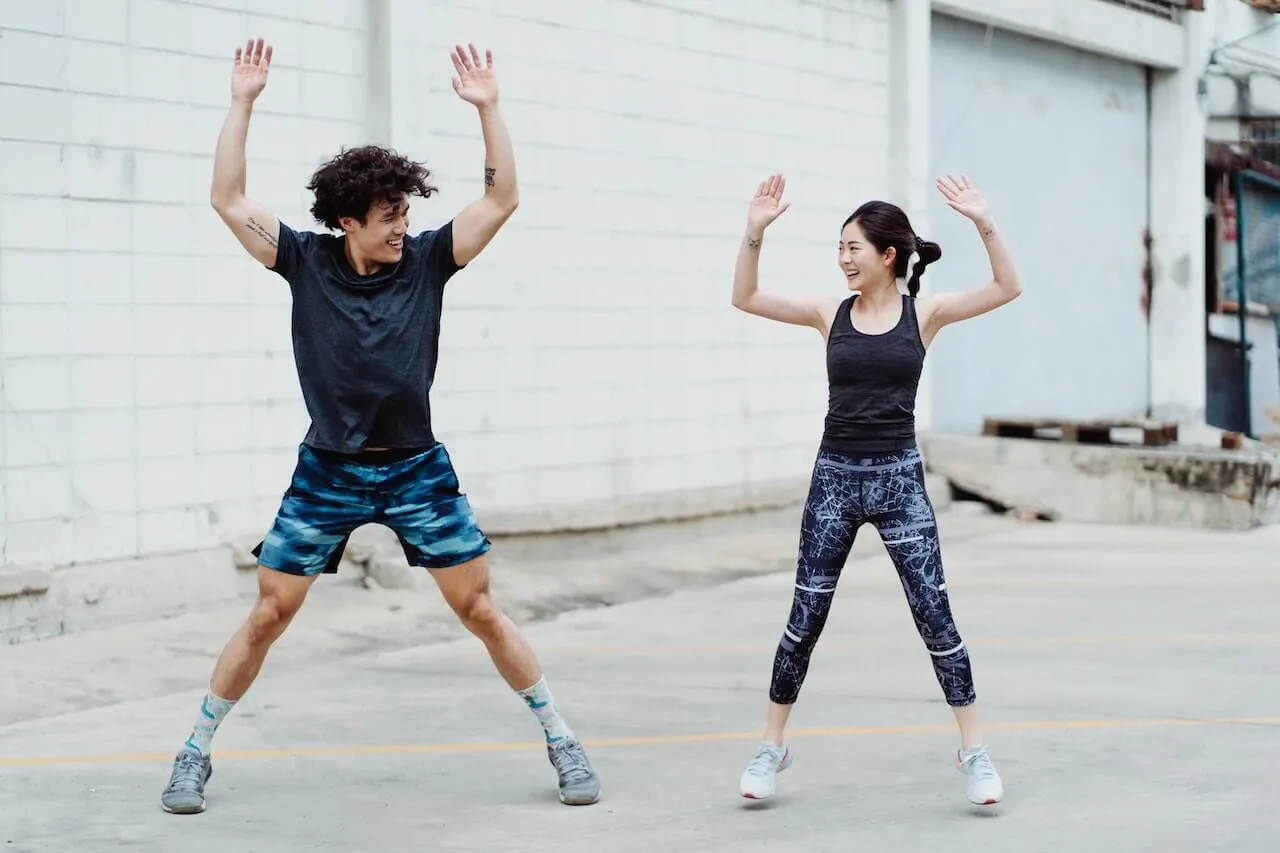
.webp)
.svg)
.svg)
.svg)
.svg)
.svg)
.svg)
.svg)
